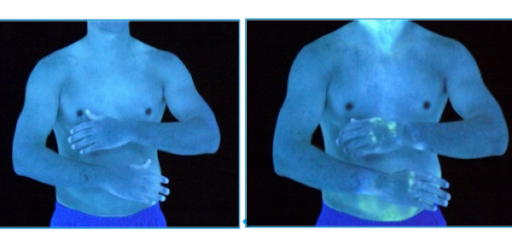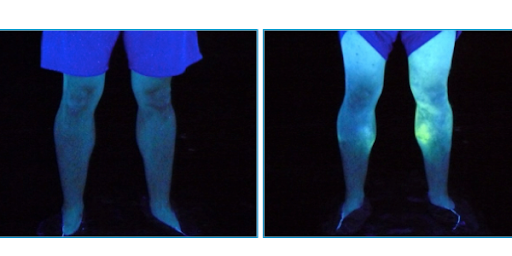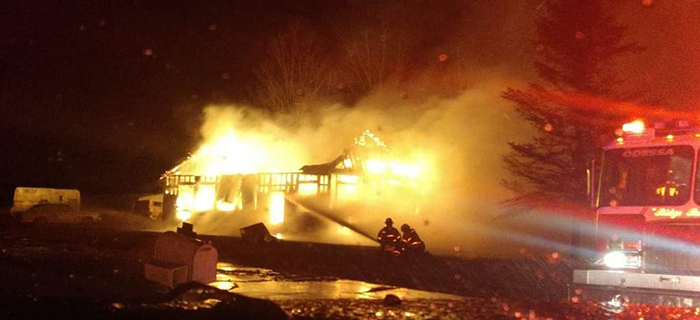Cancer Warning Signs
Firefighting is one of the most dangerous professions in the country. Besides the obvious exposure to dangerous temperature levels and active fires, firefighters are also exposed to an array of cancer-causing chemicals and particulate matter.
In order to best protect yourself and your fellow firefighters, it is essential to know cancer warning signs for early detection and common exposure risks so they can be mitigated to limit harmful particulate absorption into the body as much as possible.
Cancer is the “silent killer” of firefighters. Take the steps now to prioritize your department members’ health and well-being.
Firefighters Cancer Warning Signs to Watch For
A cancer diagnosis can be blindsiding. For many, cancer can go undetected and spread throughout the body, affecting several different areas. Because of their regular, increased exposure to cancer causing chemicals and air-borne particulates, firefighters need to remain vigilant so they can catch possible cancer warning signs and symptoms in themselves or their fellow firefighters.
Cancer Warning Signs & Symptoms Include:
- Appetite loss
- Blood in the stool and/or urine
- Lingering, persistent cough
- Extreme fatigue
- Constant fever
- Lump(s) in the neck, testicles, or breast
- Night sweats
- Skin color changes
- Swollen lymph nodes
- Trouble swallowing
- Unexpected weight loss
Firefighter Chemical Exposure Risks
Firefighters can be exposed to harmful chemicals from unfiltered truck exhaust at the station or on the scene, smoke particulates from an active fire, or off-gassing from household products while responding to an emergency. Off-gassing is the release of airborne chemicals from household products (like carpet, vinyl flooring, fresh paint etc.) that can be especially harmful when heated or burned. Common off-gassing chemicals include formaldehyde, benzene, ammonia, and toluene.
According to research conducted by the Illinois Fire Service Institute and NIOSH (National Institute for Occupational Safety), Polycyclic Aromatic Hydrocarbons (PAHs) are present in firefighters after fire suppression and overhaul procedures are complete. The research determined the most likely contamination routes were the neck and face through the hood, and inhalation or absorption while doffing PPE gear.


Chemical Exposure to Firefighters on the Body
Another infiltration test study carried out by the International Association of Firefighters in January of 2018 utilized fluorescent aerosol screening to show chemical exposure to firefighters on the body. The results confirmed that there is a large exposure risk in the head and neck area, large exposure risks on the calves, above the boots, and lesser exposure risks through the front closures of the coat, between the pants and coat, and between the gloves and coat.
Being mindful of chemical exposure risks and educating yourself on cancer warning signs are major steps you can take to help ensure not only your own safety, but also that of your fellow firefighters. Having the knowledge and awareness of cancer risks at the station, while fighting a fire, and during clean up procedures can help reduce the chances of a future cancer diagnosis.
In addition to his leadership role at Ward Fire Equipment,
John May has more than 30 years of experience in the Fire Service. John is a Level I & II Fire instructor in the State of NY.


